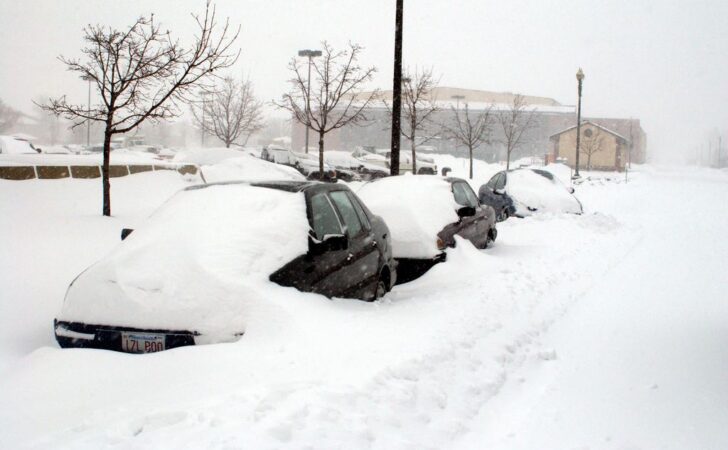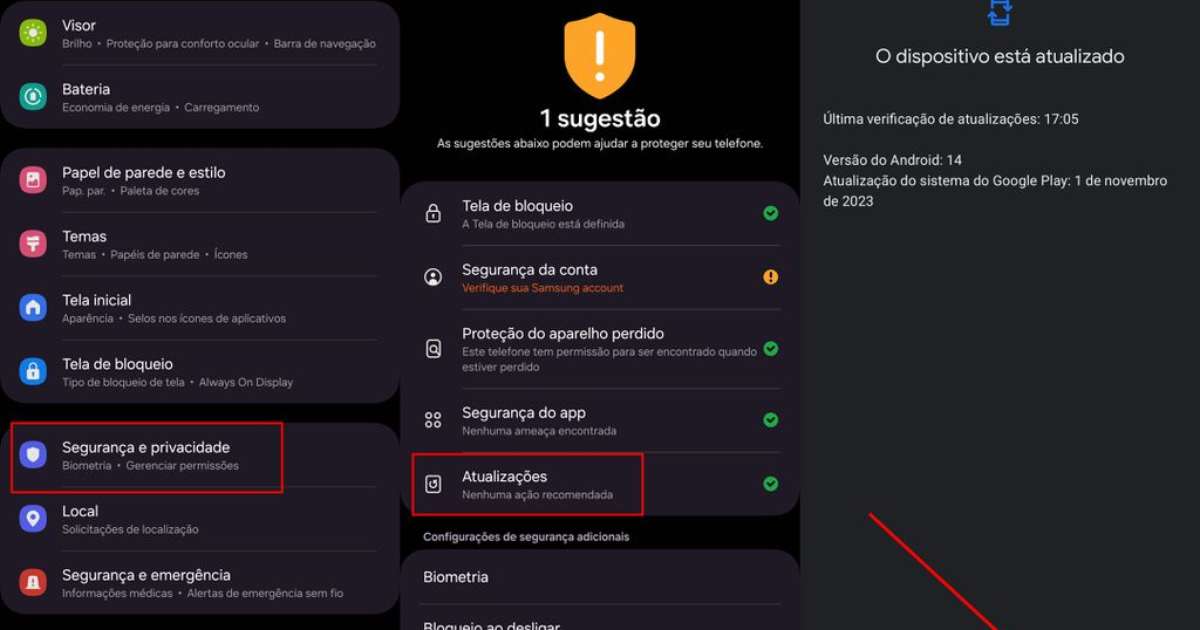There is a potential increasing natural hazard arising from climate change: earthquakes, more specifically “frost quakes,” and seismic events are expected to become more common.
“Frost quakes” are seismic events caused by the rapid freezing of water in the ground: they are most common during extreme winter conditions, when wet, snow-free ground quickly freezes – examples were recorded in northern Finland in 2016, 2019 and 2022, as well as in Chicago in 2019 And Ottawa in 2022, to name a few.
Roads and other areas free of snow in winter are particularly vulnerable to earthquakes. “Previously, roads were thought to be the main areas from which earthquakes originate. In our study we highlighted the importance of wetlands and drainage channels. “We discovered that in the winter of 2022/23, the main earthquake areas in Oulu, Finland, were in fact marshes and wetlands And areas with high water tables or places where water accumulates,” explained Elena Kozlovskaya, Professor of Applied Geophysics at the Faculty of Engineering and Mining at the University of Oulu, Finland.
But how are “frost quakes” treated? When water in the ground, accumulated during autumn rains or melting winter snow, freezes and expands rapidly, it causes cracks in the ground, accompanied by tremors. When earthquakes occur in populated areas, the earthquakes are felt by people and can be accompanied by specific sounds – ground movements similar to the movements of other seismic events, such as distant earthquakes, explosions in mines, and others.
The study was published in the scientific journal “EGUSphere” and is the first on a topic dedicated to swampy and wet areas. According to experts from the University of Oulu and the Finnish Geological Survey (GTK), cracking can begin in the upper frozen ground if the thickness of the frozen layer is at least 5 cm. The cracks eventually spread deeper and cause damage to infrastructure such as buildings, basements, pipelines and roads.
“With climate change, rapid changes in patterns have drawn public attention to earthquakes, which may become more common. Although their intensity is generally low, a series of relatively strong earthquakes that struck Oulu in 2016, which tore up roads, “Earthquakes have affected the northern regions internationally, but have been little studied using seismic instruments,” said Kari Moisiu, lead researcher at the University of Oulu.
Normally, in winter, accumulated snow protects the ground from the cold: however, when this snow melts, the ground is exposed to frost. Experts installed two networks of seismic stations in northern Finland, to record seismic signals in addition to ground temperature data. As the air temperature dropped rapidly, local residents reported earthquakes and unusual sounds. Conditions for an earthquake are favorable when the temperature drops to more than -20 degrees Celsius at a rate of about one degree per hour.
Many wetlands are located near seismic stations in Oulu, near residential areas where the main sources of earthquakes have been detected. During “frostquakes”, surface seismic waves produce high accelerations in the ground over distances of up to hundreds of metres. “Fractures during earthquakes appear to spread along drainage channels near roads and in irrigated wetlands,” Kozlovskaya said.
Additional studies are needed to help identify areas at risk for earthquakes, which can help prepare and protect the built environment against this specific natural hazard.

“Hardcore alcohol maven. Hipster-friendly analyst. Introvert. Devoted social media advocate.”

